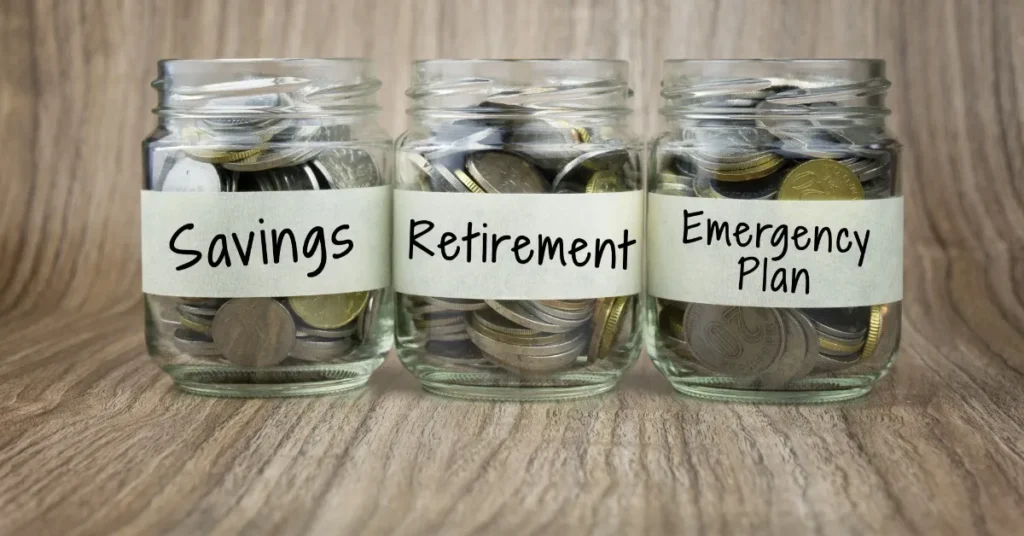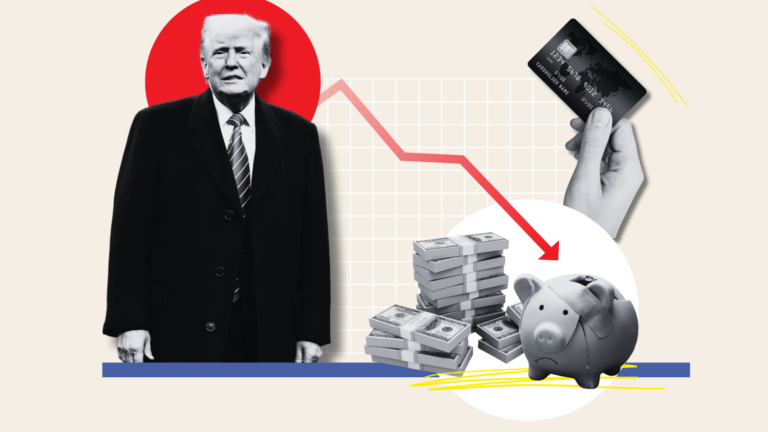
In the world of real estate investing, understanding economic signals is as crucial as understanding property values.
The ability to read recession indicators can make the difference between weathering a storm and getting caught in it.
At EarnLearnSaveInvest.com, we believe in arming our community with knowledge to make informed financial decisions—and that means taking a closer look at the metrics that often precede economic downturns.
Whether you’re a seasoned investor managing a portfolio of income-producing properties or someone exploring their first syndication deal, it’s essential to understand how macroeconomic trends shape real estate performance.
Let’s break down key recession indicators, what they historically signal, and how smart investors can adapt their real estate strategies accordingly.
1. Inverted Yield Curve: A Classic Red Flag
One of the most cited and historically reliable predictors of a recession is the inverted yield curve. Normally, long-term bonds yield more than short-term ones because of the risk premium associated with time. When the yield on a 2-year Treasury surpasses the 10-year Treasury, it signals that investors expect economic conditions to worsen in the near future.
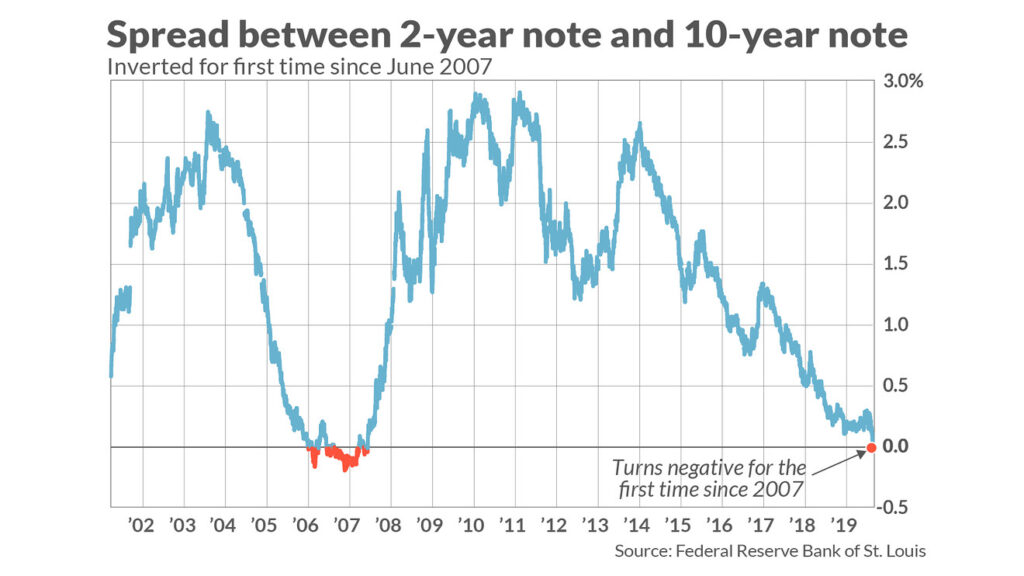
What it means for real estate: An inverted yield curve tends to precede credit tightening. Lenders become more conservative, underwriting standards tighten, and capital becomes more expensive. This can suppress transaction volume and put downward pressure on asset values, particularly in sectors with high leverage such as commercial real estate.
Strategy: Investors should prioritize properties with strong in-place cash flow and long-term leases. Debt should be structured conservatively, ideally with fixed rates and longer terms. Avoid overexposure to speculative development or highly leveraged repositioning plays.
2. Declining Consumer Confidence
Consumer sentiment indexes such as the University of Michigan Consumer Sentiment Index or the Conference Board’s Consumer Confidence Survey provide insights into how the average person feels about the economy. A consistent drop in these readings often precedes reduced consumer spending.
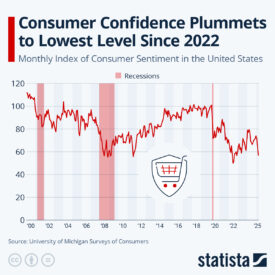
What it means for real estate: Retail real estate is particularly sensitive to consumer confidence. When spending contracts, demand for retail space shrinks, and tenants may request lease concessions or default entirely. Multifamily may also feel indirect effects as job losses ripple through the economy, impacting rent collections.
Strategy: Focus on asset classes with strong tenant fundamentals. Necessity-based retail (think grocery-anchored centers) and workforce housing tend to perform more reliably during downturns. Underwrite conservatively for rent growth and vacancy.
3. Rising Unemployment Rates
Employment is a fundamental driver of real estate demand. Rising unemployment diminishes household income, leading to lower rental affordability, declining occupancy, and in some cases, forced selling.

What it means for real estate: Multifamily housing, especially in Class B and C segments, can feel pressure as tenants struggle with rent. Office space can also suffer if companies downsize. Industrial may remain resilient, especially if driven by logistics and e-commerce, but sector-specific impacts vary.
Strategy: Investors should be proactive in asset management. Consider implementing tenant retention strategies, offering flexible lease terms, and strengthening property management to preserve occupancy. Diversify across markets with strong employment bases and industry diversity.
4. Corporate Earnings and Business Investment Trends
Slowing corporate earnings and reductions in capital expenditures are typically early signs of economic contraction. When companies scale back on hiring and expansion, it’s a sign that they expect softer demand ahead.
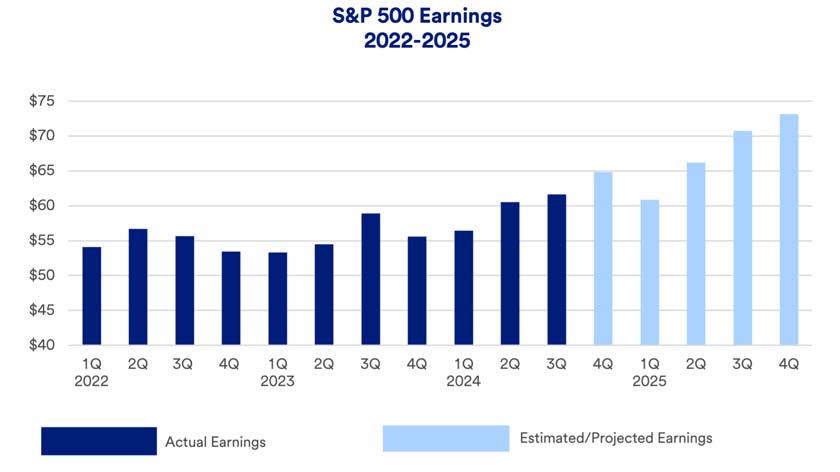
What it means for real estate: Reduced business spending can directly affect office and industrial demand. If expansion plans are shelved, absorption rates decline and landlords face rising vacancy.
Strategy: Look for markets where job growth is being driven by resilient sectors such as healthcare, education, or government. Consider office-to-residential conversions in struggling CBD areas as a repositioning strategy.
5. GDP Slowdown and Negative Growth Quarters
Gross Domestic Product (GDP) is the broadest measure of economic activity. Two consecutive quarters of negative GDP growth typically define a recession. While it’s a lagging indicator, it confirms what many leading indicators already suggest.
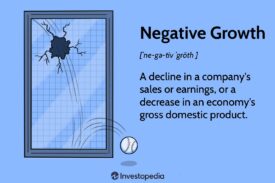
What it means for real estate: A GDP contraction usually brings a widespread slowdown in all property sectors. However, real estate typically lags broader markets in response time, offering a brief window of opportunity for strategic repositioning.
Strategy: Review and rebalance your portfolio. Emphasize capital preservation and liquidity. Identify distressed opportunities and be ready to deploy capital as valuations reset.
What This Means for Investors Today
While no single indicator tells the whole story, taken together, these signals can give us a fairly robust picture of where we might be headed. As of now, many recession indicators are flashing warning signs—and whether we enter a full-blown recession or not, prudent investors are already taking steps to future-proof their portfolios.
At EarnLearnSaveInvest.com, our philosophy is simple: real estate is a long game. Volatility is part of the cycle, but those who educate themselves, plan ahead, and execute with discipline tend to outperform in the long run.
If you’re looking to navigate the next economic cycle with confidence—whether through passive syndication deals, direct ownership, or fund-level investments—we encourage you to subscribe to our insights and join our growing community of informed, strategic investors.
Stay smart. Stay prepared. And as always, invest with purpose.


